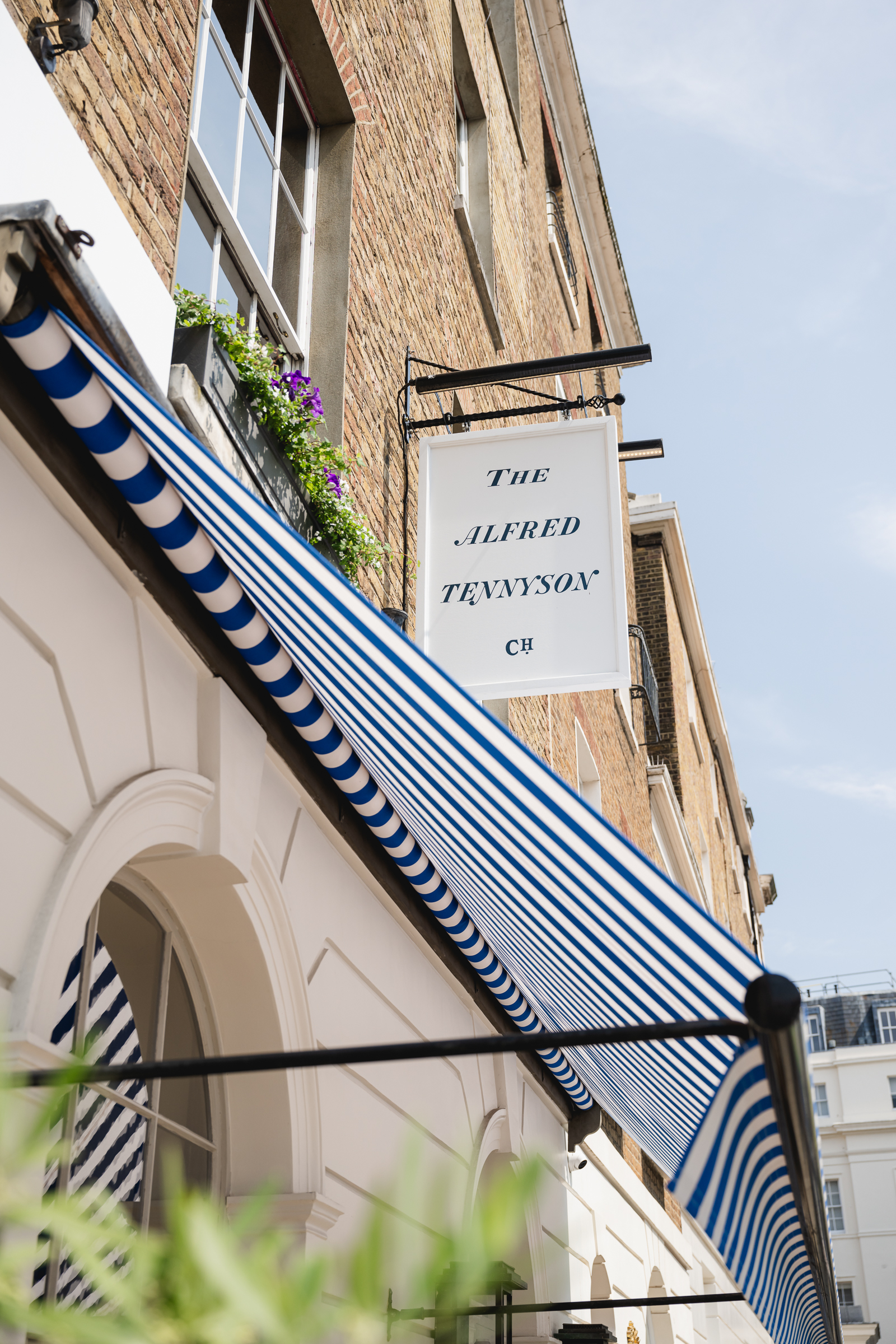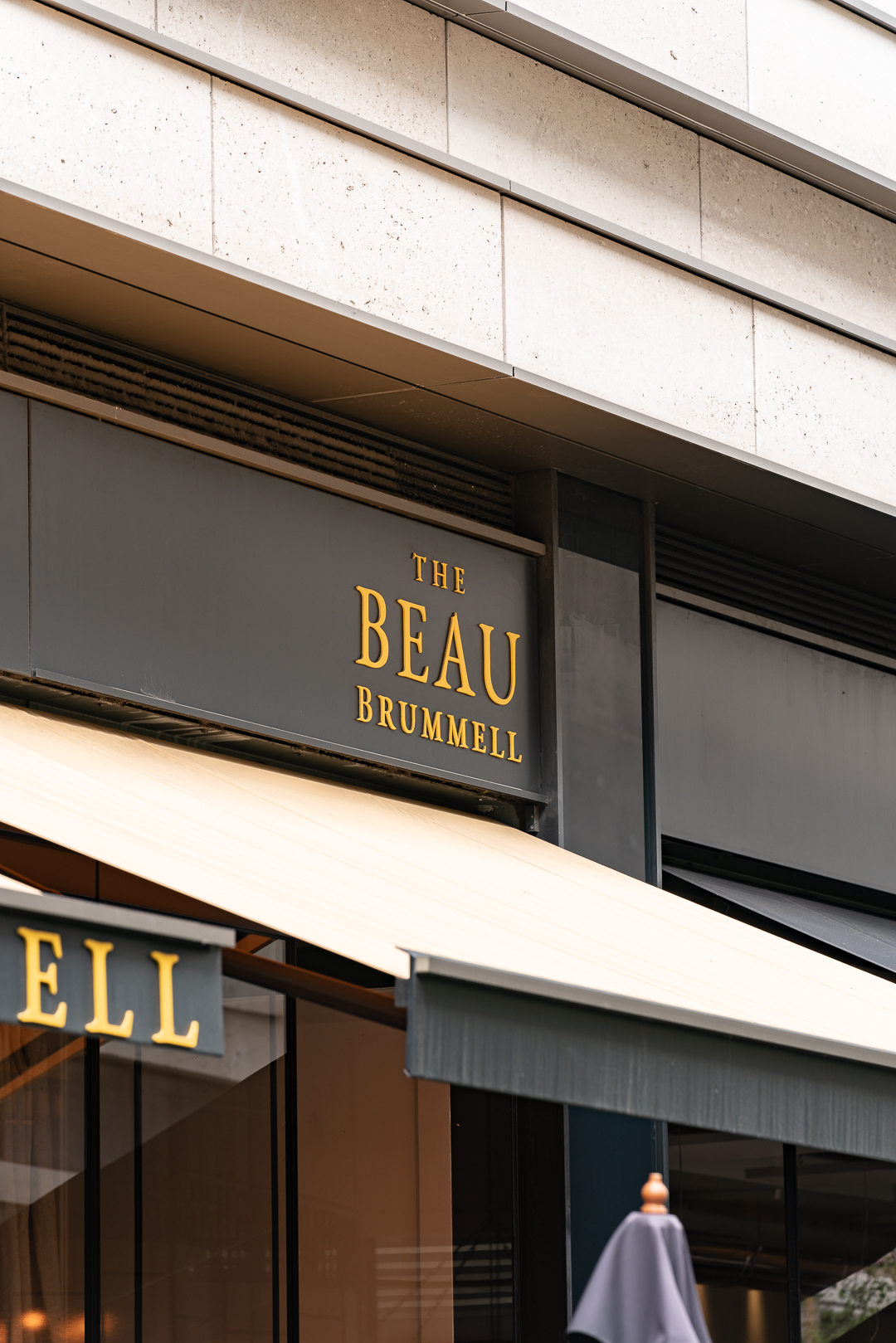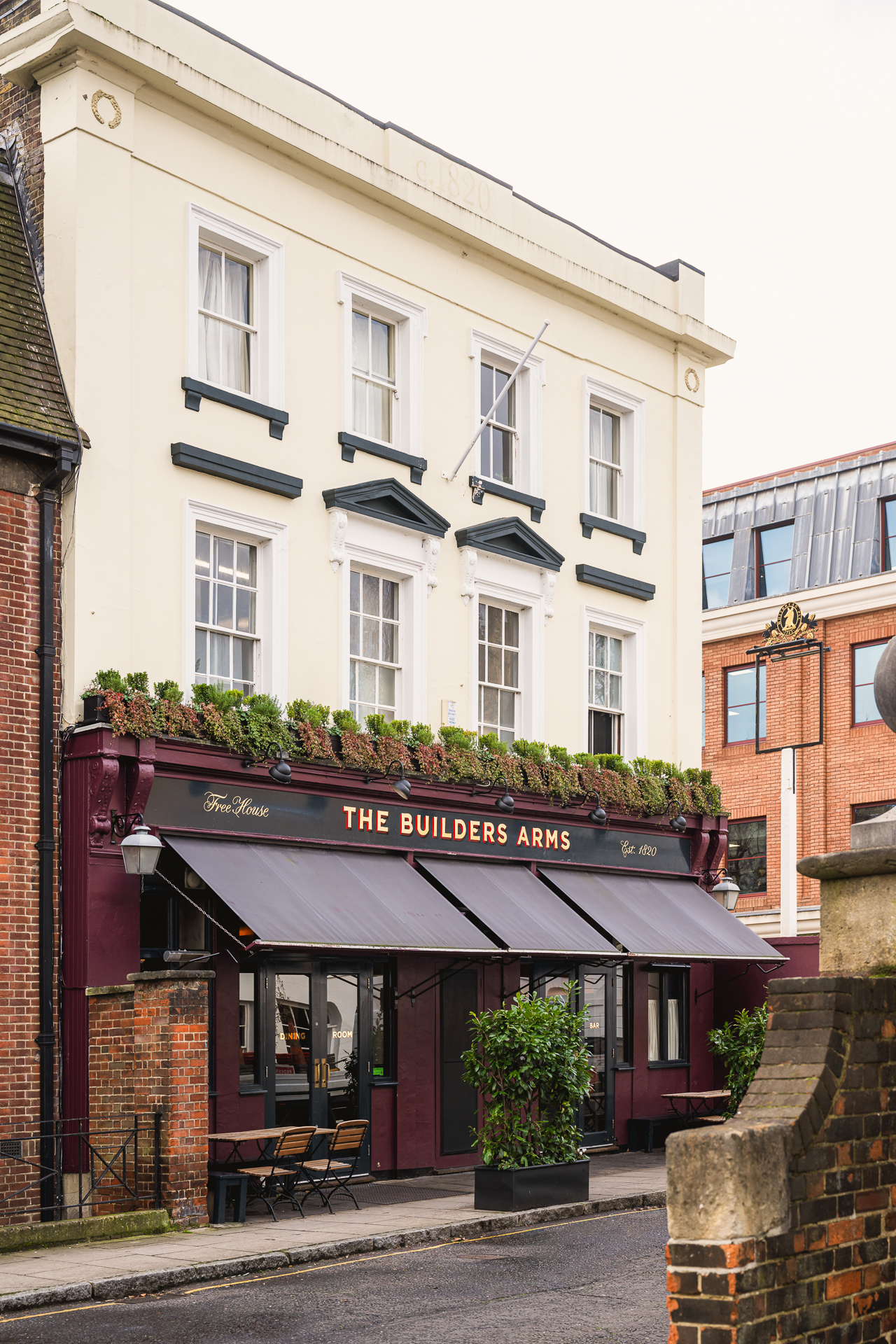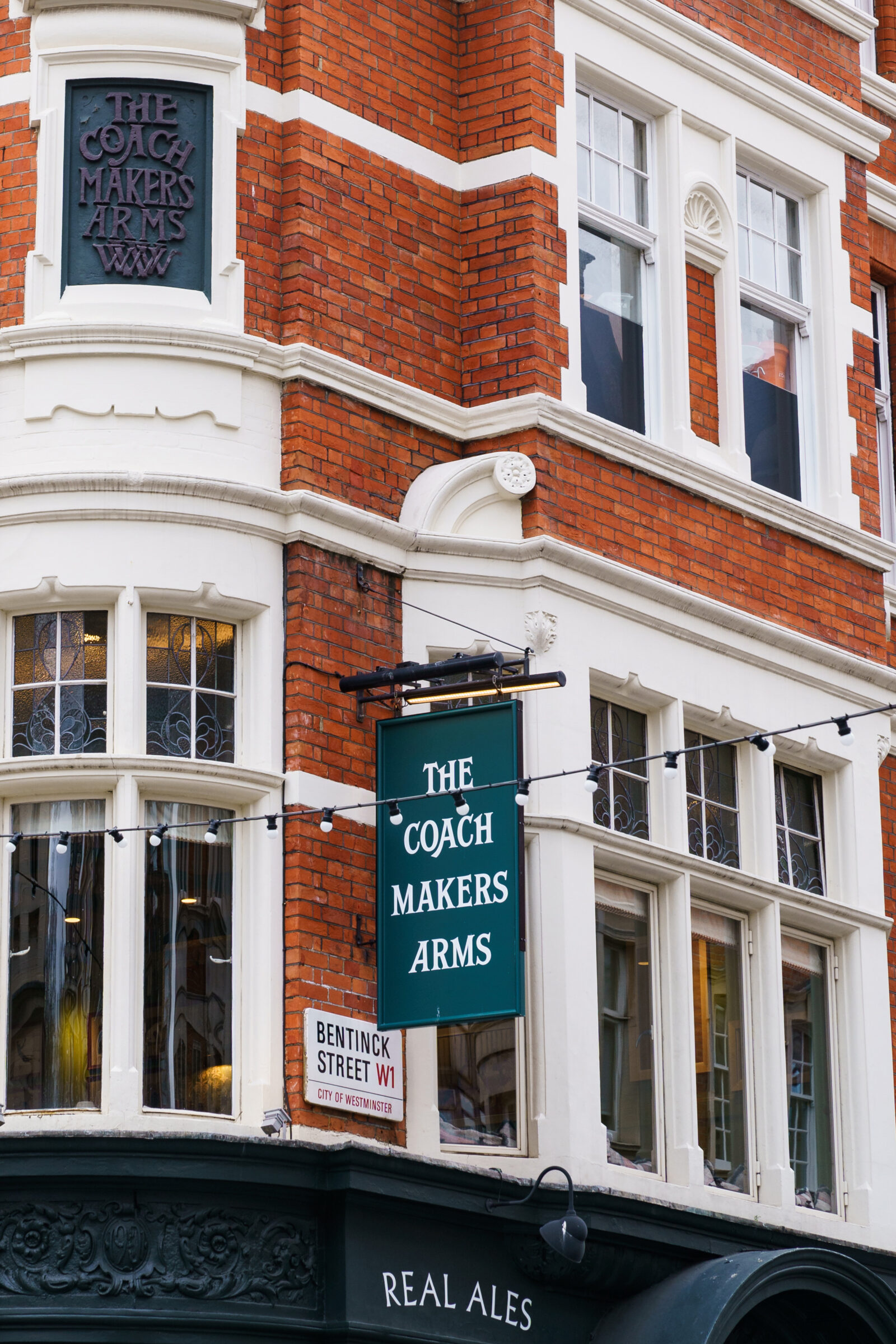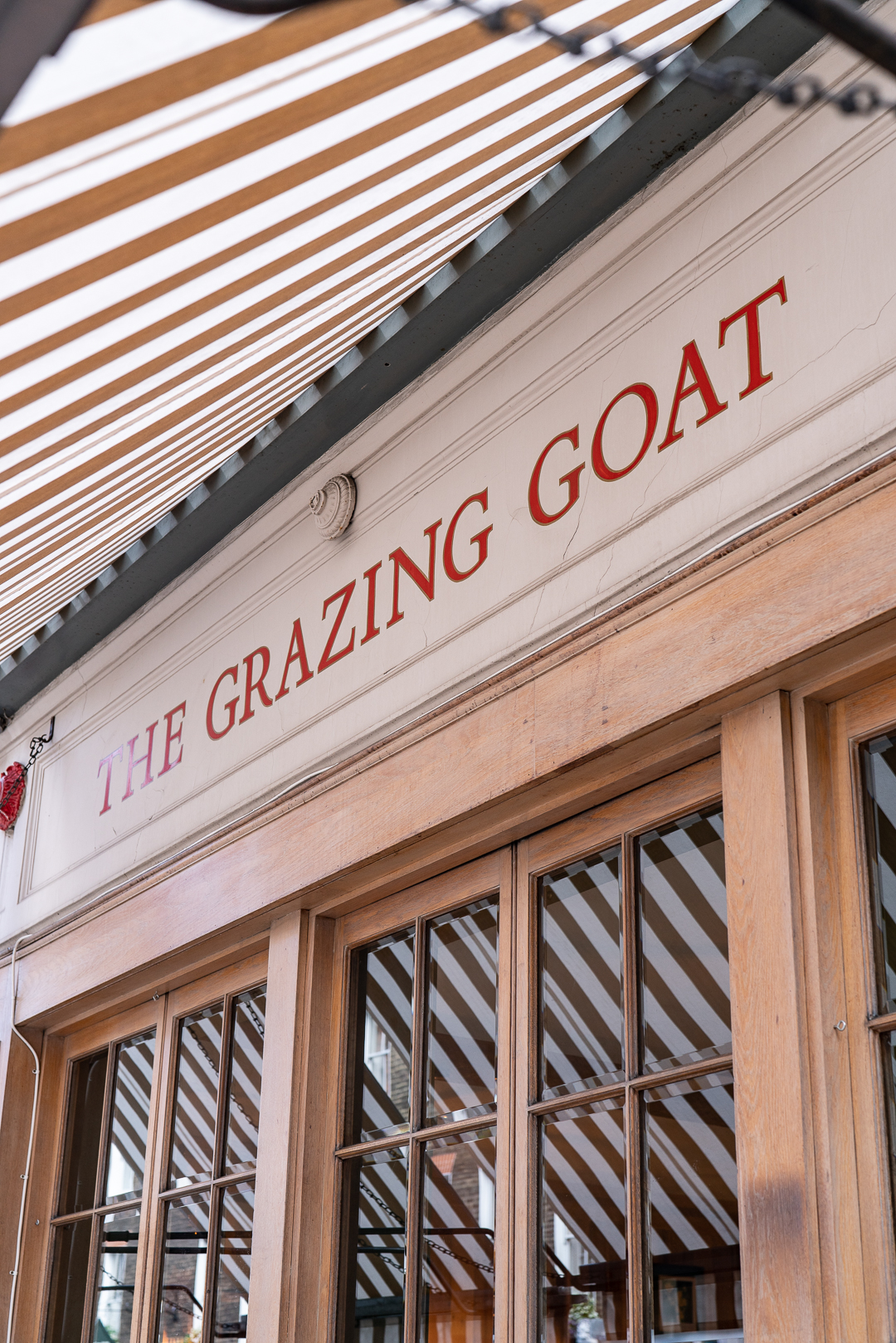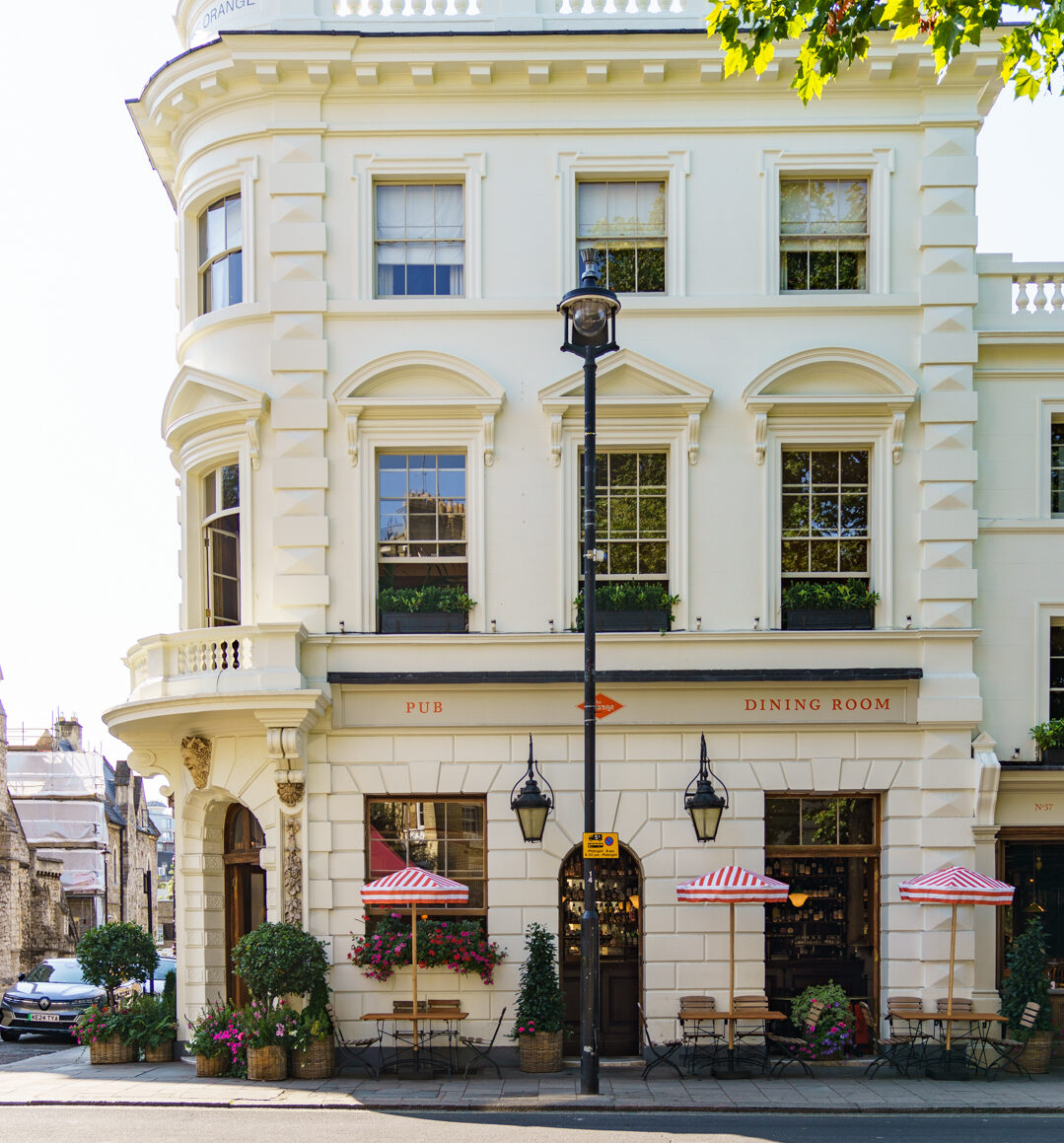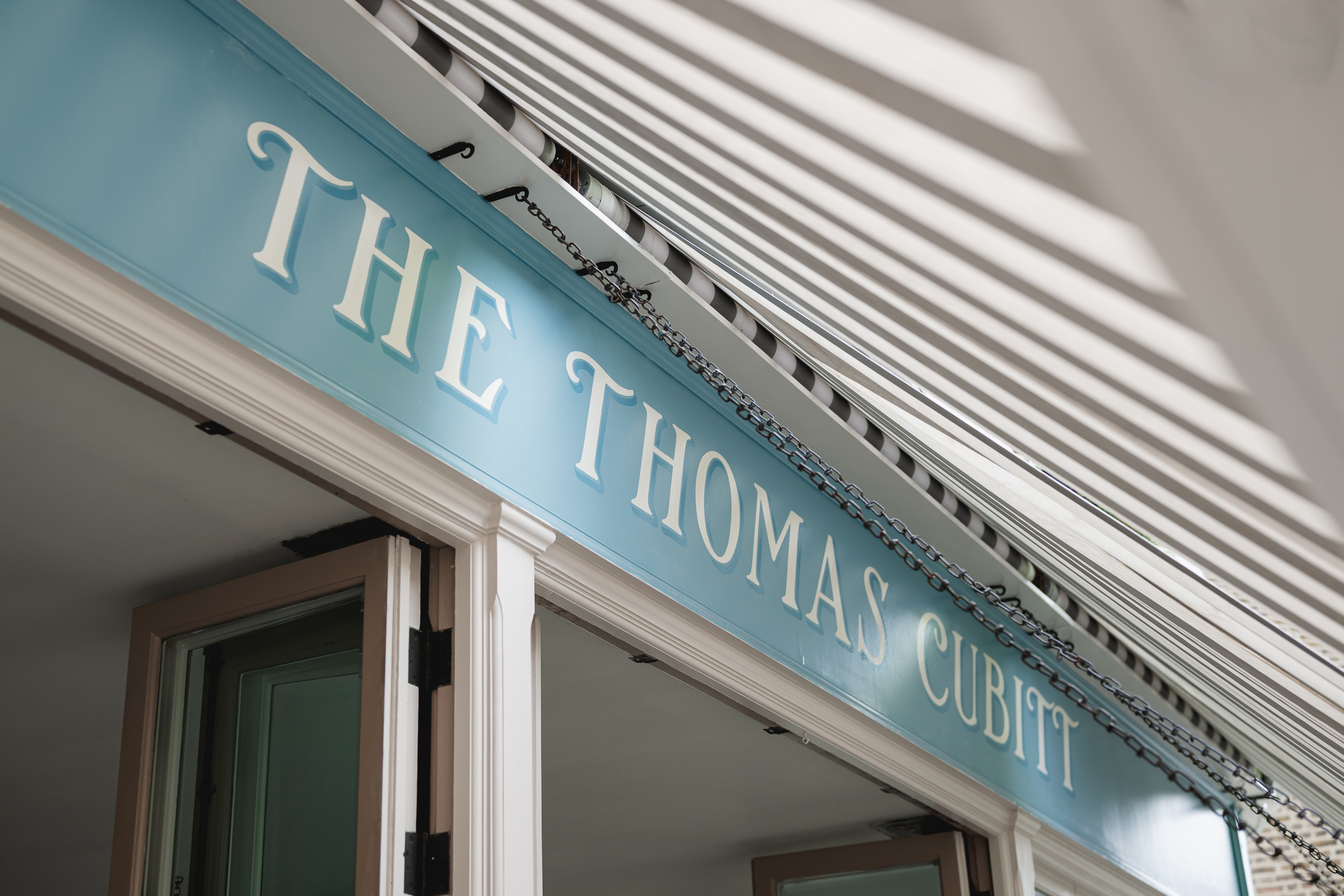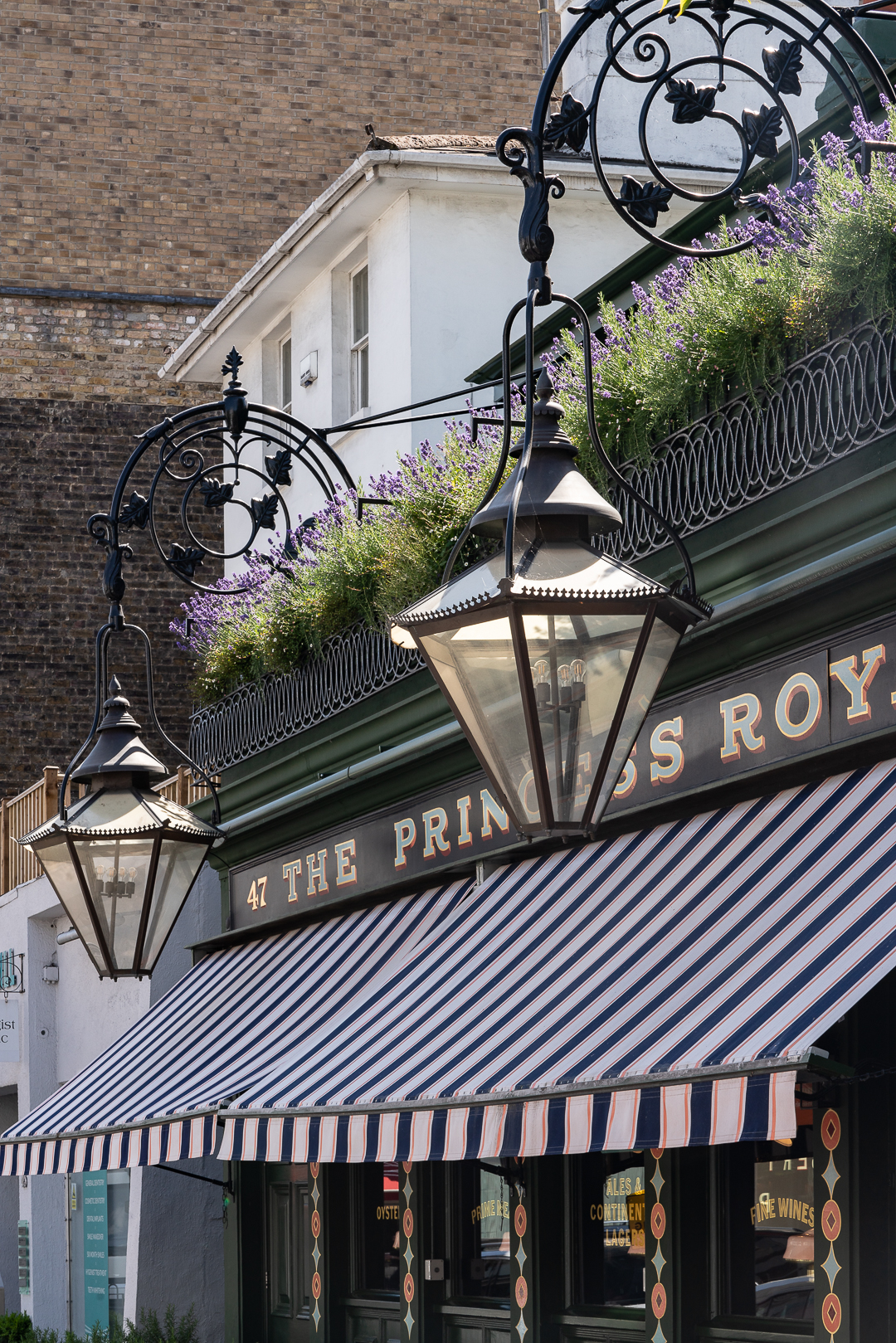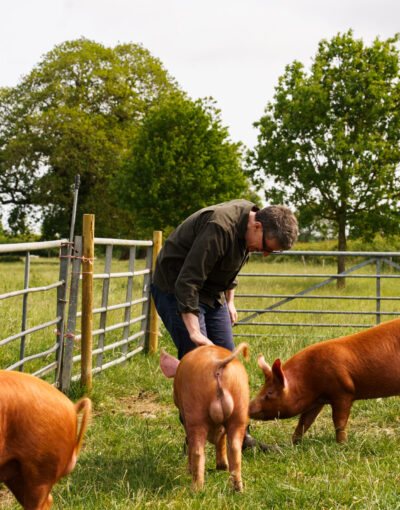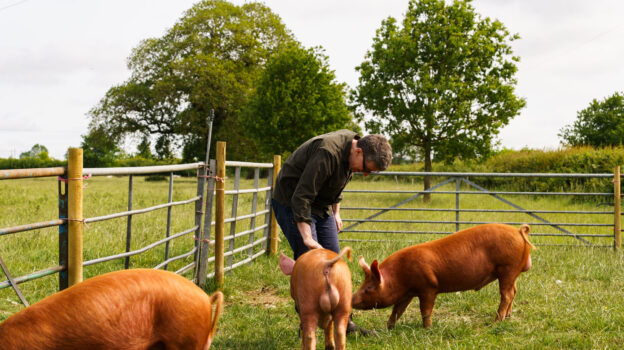When it came to deciding on a name for our collection of traditional London boozers, Cubitt House was a no-brainer. After all, our very first pub was The Thomas Cubitt in Belgravia, named after the famous architect whose style dominates the area. So ‘Cubitt House’ made perfect sense to us.
Thomas Cubitt was the man who rightfully placed the pub at the heart of the community when building the best neighbourhoods in London: someone who understood the importance of a communal space to gather, drink and be merry. The value of an expertly poured pint of ale. The magic of a just-out-the-oven pie. The joy of an afternoon spent putting the world to rights. Just like we do.
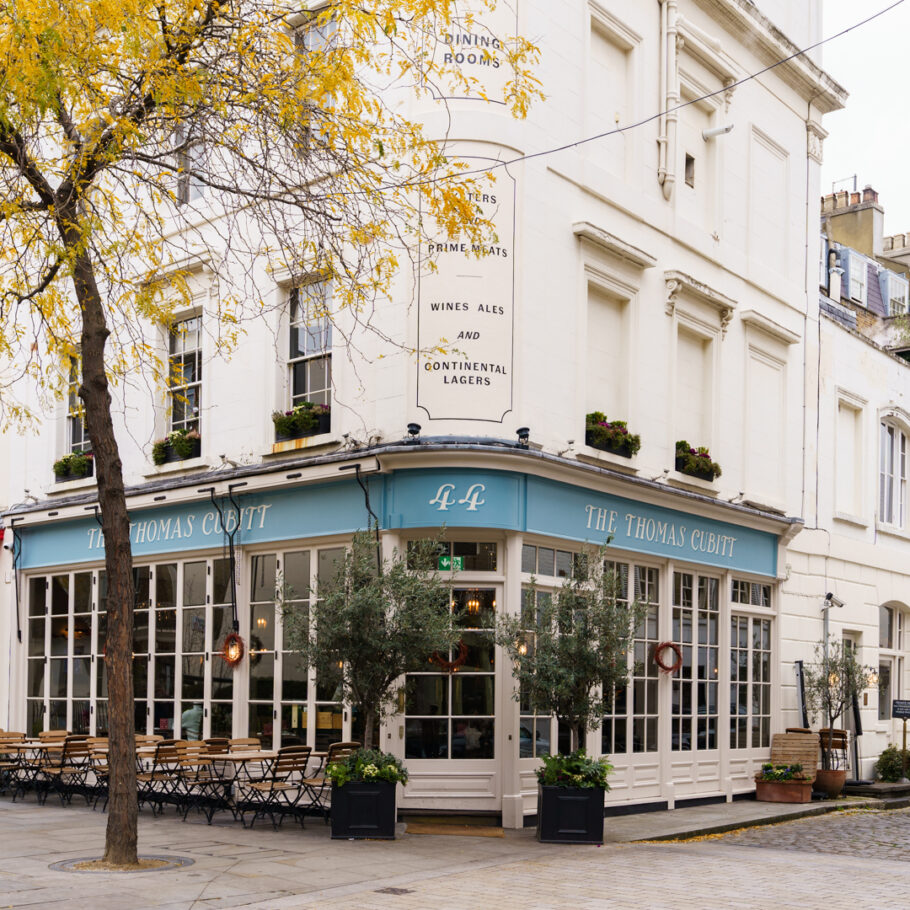
Born into poverty in 1788 in Buxton, Norfolk, Thomas Cubitt is remembered today as a ‘master builder’, somebody who was responsible for building some of the most iconic streets in London, and particularly a roll-call of white-stucco Squares: Eaton, Tavistock, Lowndes, Belgrave, Chesham, Gordon and Ecceston, plus Battersea Park and the East Wing of Buckingham Palace. He honed his craft while working as a ship’s carpenter, a trade he had learned from his own father. After travelling to India and back to ply his wares (and escape destitution), he earned enough money to open his own business, which he did in 1810 alongside his two brothers, Lewis and William.
Over the course of the next four decades, Cubitt would transform Belgravia, Bloomsbury and Pimlico (it’s no coincidence that they are the locations of the majority of our Cubitt House pubs) in his signature classical Greek and Italianate style.
Outside of work, Cubitt was happily married for 34 years to Mary Anne Warner, with the couple having 12 children (no wonder he was such a fan of the pub). In 1850, he purchased 3,900 acres of land in Dorking from Lord Londesborough, constructing a 100-roomed mansion, predominantly so that his eldest son, George, should have an impressive family seat (he would later also become the 1st Baron Ashcombe, so it was only right he had a fitting abode). Yet Cubitt, a man after our own hearts, never forgot his own humble origins, despite his newfound wealth and great success.
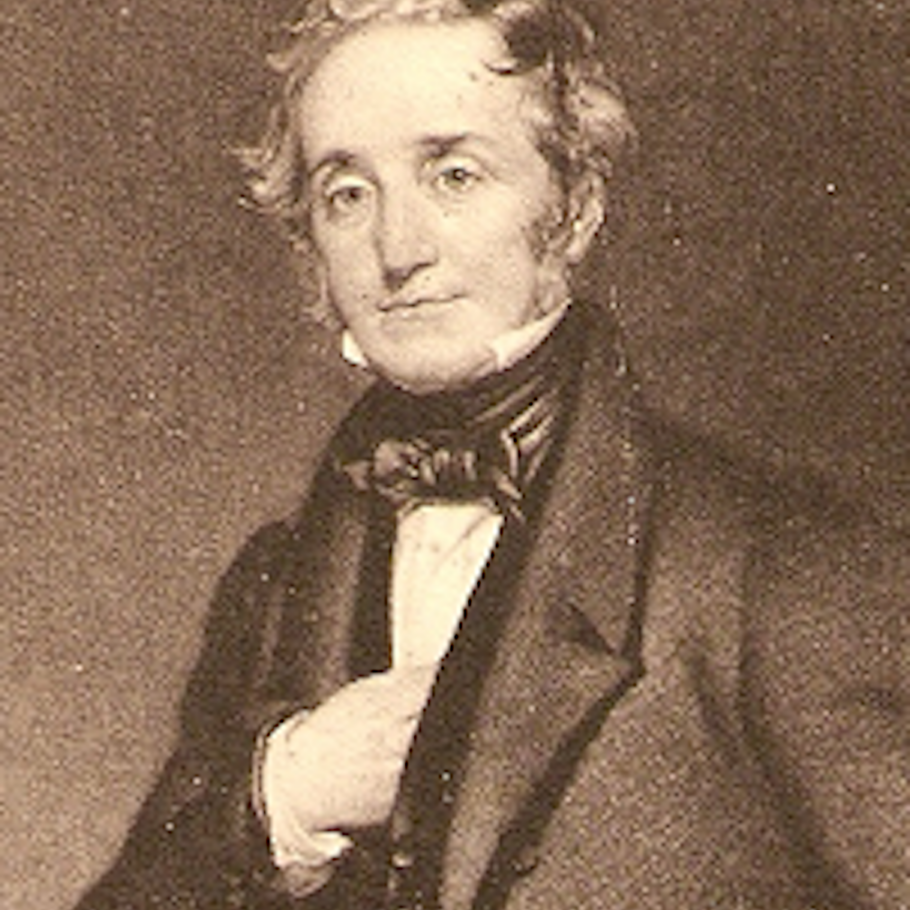
Indeed, Cubitt ensured that the homes he built for the poorest in society were of the same standard as those he built for the very rich. These projects would have the same wide roads and the best iron railings, and every single property had a water closet installed. He was also concerned with the potential health risks of London’s sewers, proposing a new method for improving drainage.
Yet more than simply creating beautiful buildings, he was also a trailblazer in terms of welfare, in a similar vein to his contemporaries John Cadbury and Joseph Rowntree. His workers were also his friends, and his workshops boasted well-heated and well-ventilated spaces, not to mention places to hang their wet coats, kitchens to prepare lunch in, and even a school for their children. It’s an ethos we can get behind, too.
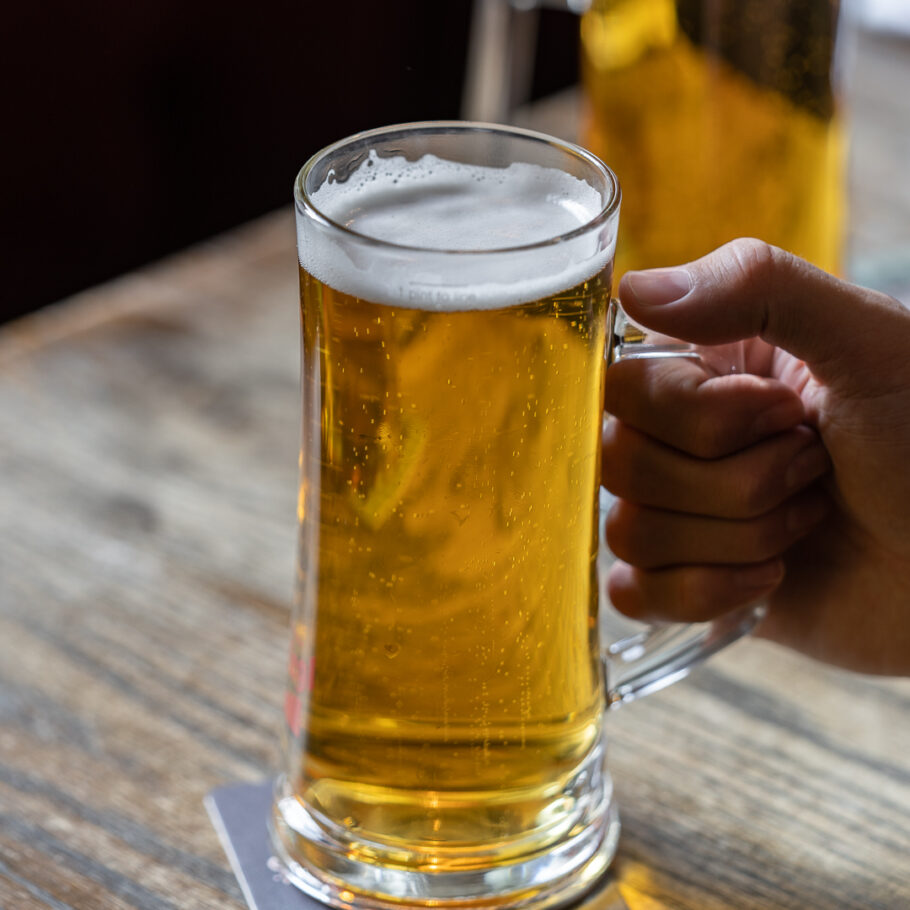
But most importantly to us, when choosing our name, was the fact that central to Cubitt’s community projects was the humble pub. To Cubitt, it was a hub that served the local community as a space for all to meet under one roof and break bread together, to share stories and to seek shelter. Fast forward a century or so and the vision our namesake had still stands within our pubs, which are egalitarian spaces filled with fun and humour, welcoming all to convene, unwind, eat, drink and of course, be merry.
When Cubitt died in 1855, his estate was worth over a million pounds, and his will was one of the longest ever filed. Not bad for the son of an impoverished carpenter. He was never granted a peerage during his lifetime, with various legends around why – one that he refused it, and another that he was denied it as he hadn’t finished work on Buckingham Palace yet. In one of the strangest twists of fate, his three-times great granddaughter now sits on the throne there – Queen Camilla.
Yet the monarch of the time, Queen Victoria, certainly did recognise his contribution to society. Writing in her diary after his death she said, “In his sphere of life, with the immense business he had in hand, he is a real national loss. A better, kindhearted or more simple, unassuming man never breathed… We feel we owe much to him for the way he carried out everything.”
Cheers to you Thomas Cubitt.
